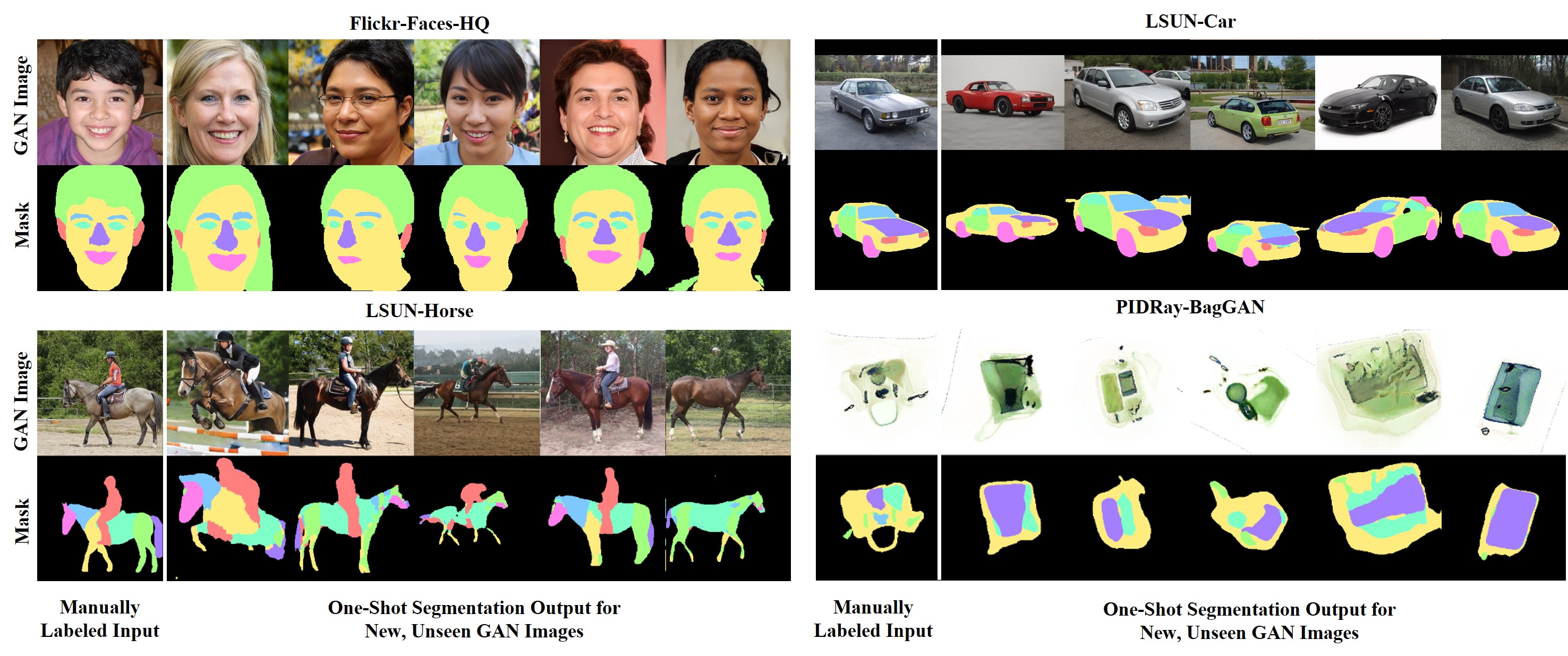PIDray: A Large-scale X-ray Benchmark for Real-World Prohibited Item Detection
Automatic security inspection relying on computer vision technology is a challenging task in real-world scenarios due to many factors, such as intra-class variance, class imbalance, and occlusion. Most previous methods rarely touch the cases where the prohibited items are deliberately hidden in messy objects because of the scarcity of large-scale datasets, hindering their applications. To address this issue and facilitate related research, we present a large-scale dataset, named PIDray, which covers various cases in real-world scenarios for prohibited item detection, especially for deliberately hidden items. In specific, PIDray collects 124,486 X-ray images for $12$ categories of prohibited items, and each image is manually annotated with careful inspection, which makes it, to our best knowledge, to largest prohibited items detection dataset to date. Meanwhile, we propose a general divide-and-conquer pipeline to develop baseline algorithms on PIDray. Specifically, we adopt the tree-like structure to suppress the influence of the long-tailed issue in the PIDray dataset, where the first course-grained node is tasked with the binary classification to alleviate the influence of head category, while the subsequent fine-grained node is dedicated to the specific tasks of the tail categories. Based on this simple yet effective scheme, we offer strong task-specific baselines across object detection, instance segmentation, and multi-label classification tasks and verify the generalization ability on common datasets (e.g., COCO and PASCAL VOC). Extensive experiments on PIDray demonstrate that the proposed method performs favorably against current state-of-the-art methods, especially for deliberately hidden items. Our benchmark and codes will be released at https://github.com/lutao2021/PIDray.
PDF Abstract





 MS COCO
MS COCO
 ssd
ssd
 SIXray
SIXray
 PIDray
PIDray